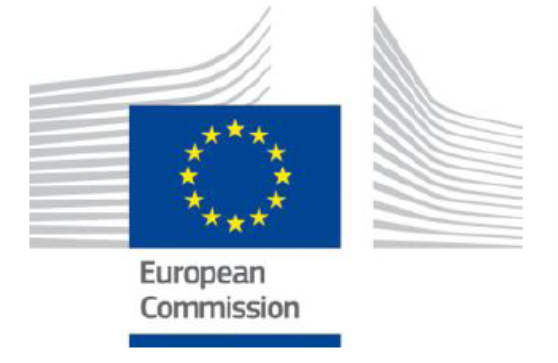The European Commission (EC) draws from a range of surveys to construct confidence indicators for five sectors of the economy and then uses these to calculate up its Economic Sentiment Indicator (ESI) which is converted to an index based on the long-run average.
In the March* report, the ESI for both the EU and the Euro-zone improved modestly but they remain below the long-run average which is the base measure for this index. Although for the EU this is the highest reading since April* 2023, for the Euro-zone there was a small spike last November* and we are not quite back at that level for this region.
In the EU, the improvement in the ESI was led by stronger confidence among retailers, consumers and, to a lesser extent, the service and industry sectors, while confidence remained stable in construction. Amongst the largest EU economies, the ESI improved markedly in France (+2.6) and more modestly in Italy (+1.5) and Germany; it was broadly stable in Poland but deteriorated in the Netherlands and Spain (-0.4).
As mentioned above, the ESI is calculated against the long-run average, so we can look at the position of the individual countries against their own historical situation which is the best way to compare between countries. In the latest report, 11 countries – Bulgaria, Croatia, Cyprus, France, Greece, Italy, Poland, Portugal, Romania, Slovakia and Spain – have an ESI at or above 100 in this survey; with France, Italy and Slovakia returning to this list, there are three more “positive” countries than we had in February*. The EU candidate countries also participate in this survey and Albania, Montenegro and Serbia also have an ESI reading above their long-run average.
The small improvement in industry confidence came because although expectations about production over the coming 3 months dipped, fewer respondents assessed the stocks of finished products as too large/above normal, indicating higher demand and their assessment of the current level of overall order books became less gloomy. There are two other questions which are not included in the calculation of confidence for the industry sector and both the views about output over the previous 3 months and the assessment of export order books both improved.
* Note that although dated March, the data collection period was from 1st to 20th of that month, so the trends really refer to February and the 3-month periods ending in and following after this month.
You can download the EC report and statistical annex from their website at https://economy-finance.ec.europa.eu/economic-forecast-and-surveys/business-and-consumer-surveys/download-business-and-consumer-survey-data/press-releases_en (open the 2024 box) or you can request it from MTA.

